Disclosure: This article contains affiliate links. We may earn a commission from purchases at no extra cost to you, which helps our travel content.
The morning sun casts long shadows across Mekelle's bustling markets as I shoulder my pack, ready to embark on one of Africa's most underrated trekking adventures. Ethiopia's Tigray region has long been whispered about in adventure travel circles, but few venture beyond the tourist trail to discover its spectacular landscape of rust-colored escarpments and hidden rock-hewn churches that have stood sentinel for centuries. This rugged, sacred terrain demands respect—both for its challenging trails and the ancient cultures that have called it home for millennia.
Preparing for Tigray's Challenges
Ethiopia's Tigray region demands thorough preparation, especially for its combination of high altitude (2,000-3,000 meters) and surprisingly variable climate. When my partner Leila and I planned our trek, we quickly realized this wouldn't be your typical hiking experience. The region's remoteness means medical facilities are scarce, and the terrain combines steep escarpments with high-altitude plateaus that can challenge even experienced trekkers.
After my previous experience with altitude sickness in Nepal, I wasn't taking chances. I invested in a reliable altitude sickness medication and started taking it 24 hours before ascending above 2,500 meters. The dry highland air also demands serious hydration—my water purification system proved invaluable, allowing us to safely refill from local water sources without contributing plastic waste.
The terrain requires sturdy footwear with excellent ankle support. Many paths to the churches involve scrambling up near-vertical rock faces using ancient handholds and natural features. While some churches have added safety ropes in recent years, many remain accessible only via traditional routes used by priests for centuries.

💡 Pro Tips
- Start with shorter hikes from Mekelle to acclimatize before attempting multi-day treks
- Hire a local guide through community tourism initiatives rather than large tour operators
- Pack lightweight layers—temperatures can swing dramatically between day and night
The Gheralta Cluster: Vertical Pilgrimages
The churches of Gheralta represent the crown jewels of Tigray's rock-hewn heritage, and reaching them requires equal parts determination, respect, and physical stamina. After a bumpy two-hour drive from Mekelle, we arrived at the small community of Megab, where we met our local guide Haile—a former shepherd who grew up scaling these very cliffs.
"Teanastëllën," he greeted us with a warm smile, using the Tigrinya welcome. "The churches have been waiting for you."
The ascent to Abuna Yemata Guh remains one of the most exhilarating and terrifying experiences of my trekking life. After a 45-minute hike across scrubland, we faced a near-vertical 200-meter rock face. Haile pointed out ancient handholds and footholds worn smooth by centuries of pilgrims' hands and feet. No safety equipment here—just faith and focus.
My chalk bag borrowed from my rock climbing days proved unexpectedly useful for maintaining grip on the smooth sandstone. Halfway up, on a narrow ledge barely wider than my feet, I paused to catch my breath. Below, the landscape unfurled in a tapestry of ochre, sienna and gold, punctuated by the green of acacia trees.
The final approach requires crossing a natural rock bridge with sheer drops on either side—not for the faint-hearted. But what awaits inside transcends the physical journey: 800-year-old ceiling frescoes depicting biblical scenes in vibrant colors preserved by the dry mountain air, all illuminated by shafts of light from small windows cut into the rock.
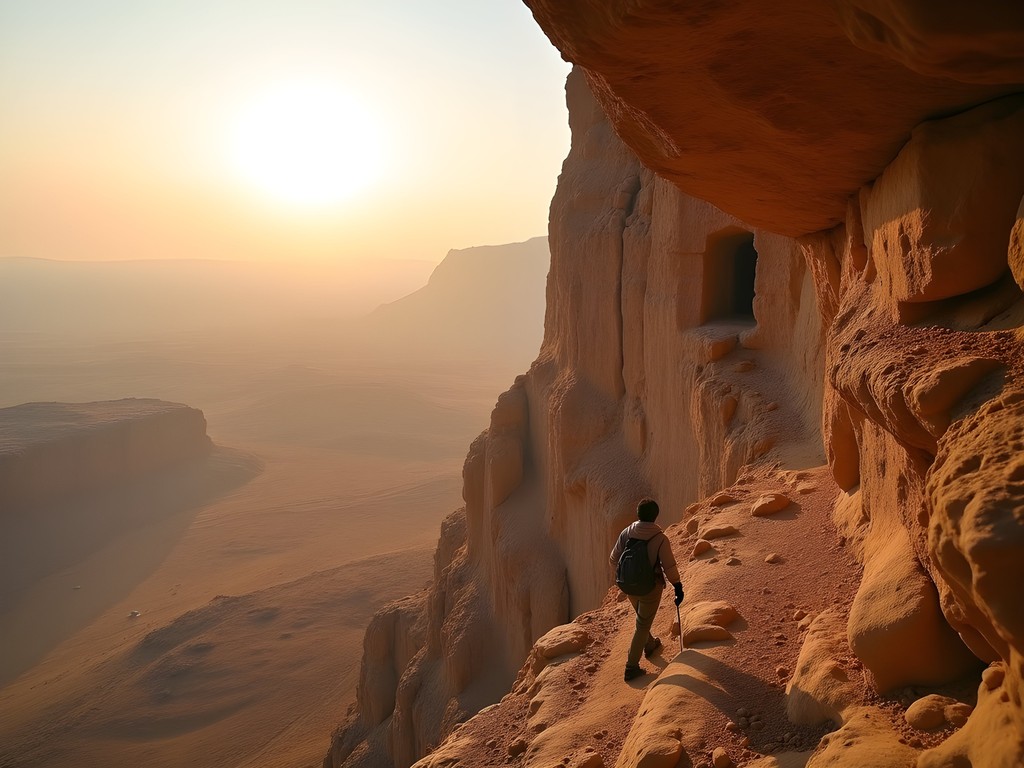
💡 Pro Tips
- Remove shoes before entering any church as a sign of respect
- Bring a headlamp or flashlight to appreciate the ancient frescoes inside the dark church interiors
- Women should pack a long skirt or sarong to wear over pants when entering churches
Community-Based Tourism in Degum
Three days into our trek, we arrived at the small village of Degum, where a community tourism initiative has created a model for sustainable travel that deeply resonated with my own values. After years working in development, I've seen too many examples of tourism that extracts rather than enriches—Degum stands as a powerful counter-example.
The village cooperative manages simple but comfortable guest houses built using traditional techniques and local materials. Solar panels provide basic electricity, and meals feature local ingredients prepared according to regional recipes. What makes this approach special is that income is shared among community members and invested in education and healthcare projects.
My solar lantern became an instant hit with local children who gathered around our guest house at dusk. I demonstrated how it charges during the day and provides light at night—a small but meaningful cultural exchange about renewable energy.
Our host Kidane arranged an evening coffee ceremony, Ethiopia's time-honored ritual of hospitality. We sat on low stools as she roasted green coffee beans over hot coals, filling the air with an intoxicating aroma. The beans were ground by hand using traditional tools before being brewed in a clay pot called a jebena. The resulting coffee—served in small cups with plenty of sugar—was unlike anything you'd find in Seoul's trendiest cafes: intensely flavored, slightly smoky, and deeply connected to the land and people around us.
"Coffee was born in Ethiopia," Kidane told us proudly. "When you drink it here, you drink it at its source."
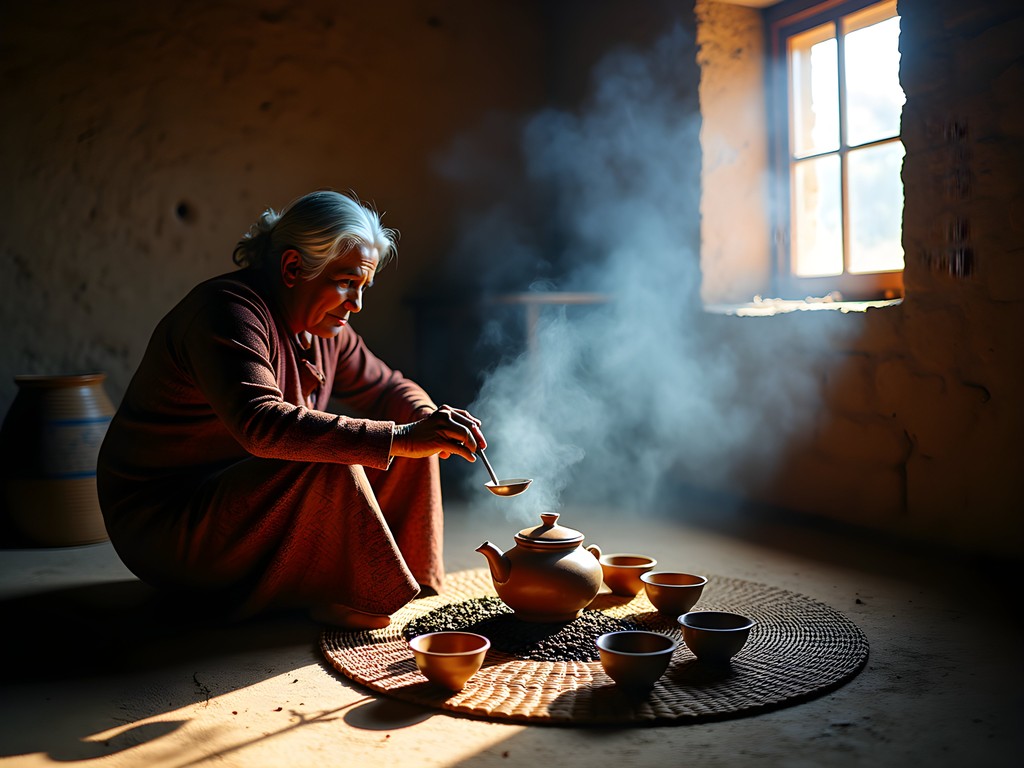
💡 Pro Tips
- Bring small denominations of Ethiopian birr as ATMs are nonexistent in remote areas
- Learn a few basic phrases in Tigrinya to connect with local communities
- Ask permission before photographing people, especially during religious ceremonies
Navigating Remote Trails and Cultural Sensitivities
The trails connecting Tigray's churches and communities aren't marked on any map you can download. Navigation here relies on local knowledge and sometimes just faith that the faint path beneath your feet will lead somewhere meaningful. After our fourth day of trekking, I learned to trust the landscape's subtle language—following goat paths that wound efficiently around impossible terrain and recognizing the small stone cairns that occasionally marked significant junctions.
My offline GPS navigation tool provided peace of mind in the most remote sections, allowing us to mark important waypoints and track our journey without cellular coverage. However, I found myself using it less and less as the days passed, preferring instead to rely on Haile's intimate knowledge of the terrain.
The most challenging aspect of trekking in Tigray isn't physical but cultural. These are living religious sites, not tourist attractions. During our visit to Maryam Korkor church, we arrived to find a baptism ceremony in progress. Rather than barging in with cameras, we waited quietly outside until invited to witness the celebration—a reminder that respectful distance sometimes offers the most authentic connection.
We encountered priests who had lived in isolation for decades, maintaining ancient manuscripts and traditions. Some spoke only Ge'ez, the liturgical language of the Ethiopian Orthodox Church. Communication happened through layers of translation—from Ge'ez to Tigrinya to English—a beautiful reminder of how many voices and perspectives shape our understanding of places.
"These churches survived because they were hidden," Haile explained one evening as we watched the sunset paint the cliffs crimson. "Now that more travelers come, we must ensure the spirit of these places survives too."
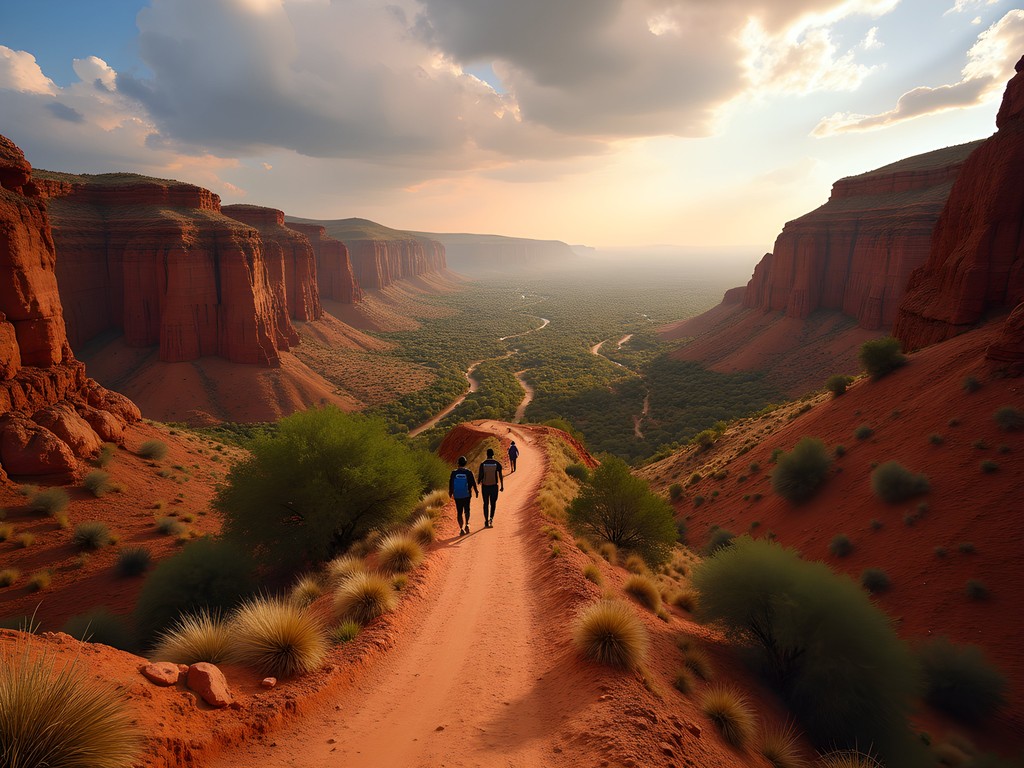
💡 Pro Tips
- Always ask your guide about appropriate behavior before approaching churches or religious ceremonies
- Pack a lightweight travel scarf to cover your head when entering religious sites or for sun protection
- Maintain silence when priests are conducting services or when pilgrims are praying
Sustainable Practices for Tigray's Fragile Ecosystem
Trekking through Tigray's semi-arid landscape quickly reveals the region's environmental fragility. Water scarcity is a daily reality for local communities, and climate change has intensified drought cycles. As responsible travelers, our practices matter enormously in such a vulnerable ecosystem.
I've adopted a strict pack-in, pack-out approach to waste management on all my treks, but Tigray demanded even more mindfulness. Our group carried all non-biodegradable waste back to Mekelle, including used batteries and packaging. For toileting, we followed backcountry principles—at least 100 meters from any water source and burying biodegradable waste.
Water consumption requires particular attention. I found my collapsible water bottle essential for maximizing capacity without bulk. When staying in communities, we were careful to use only the water allocated to us, knowing that every drop has been carried—often on someone's back—from distant sources.
Firewood is another precious resource. In villages where we stayed, cooking was done communally to minimize fuel consumption. We supplemented our meals with dried fruit and nuts that required no preparation, reducing our environmental footprint while maintaining energy for challenging hikes.
One evening near Debre Damo monastery, I watched a local farmer carefully constructing stone bunds across a hillside—an ancient erosion control technique that's being revitalized to combat desertification. These small interventions, multiplied across countless hillsides, are helping communities adapt to changing rainfall patterns. It was a powerful reminder that sustainability isn't just about what we as travelers do or don't consume—it's about supporting communities' own resilience strategies.
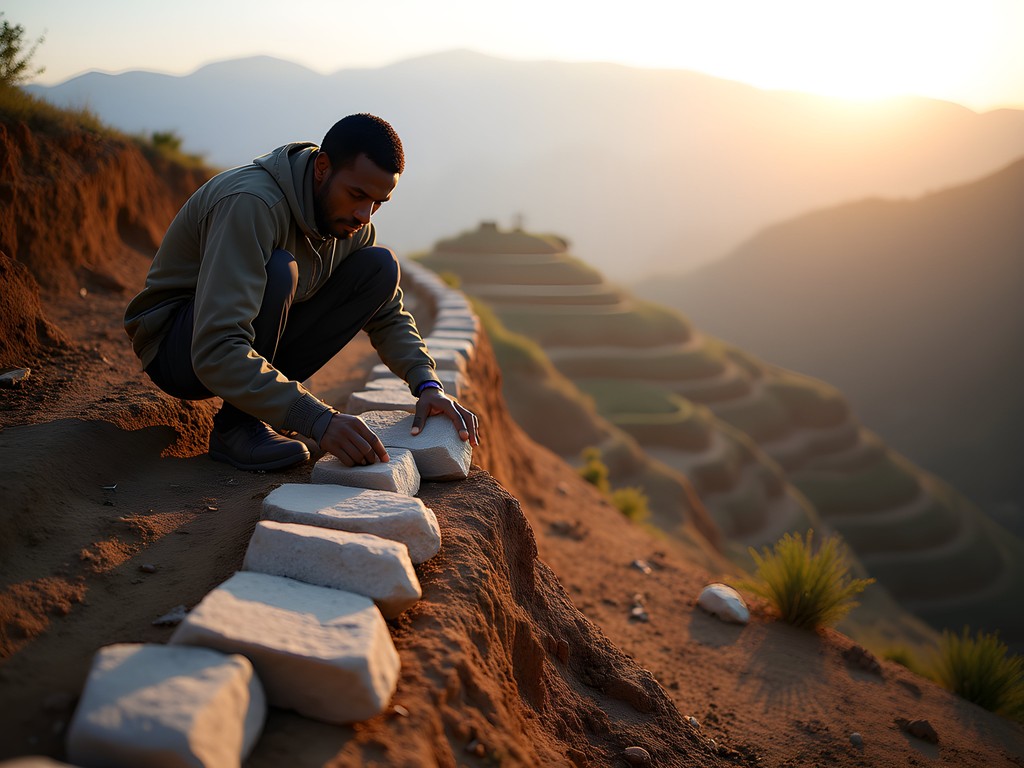
💡 Pro Tips
- Carry a reusable water bottle and water purification method to avoid single-use plastics
- Support locally-sourced food initiatives that minimize transportation impacts
- Consider carbon offsetting your flights to Ethiopia through verified community projects
Final Thoughts
As our two-week journey through Tigray drew to a close, I found myself standing atop the escarpment near Debre Damo, watching golden light wash across the vast landscape we'd traversed. The rock-hewn churches were extraordinary, yes—testaments to human devotion and artistic achievement hidden in the most improbable places. But what will stay with me longest are the human connections forged along these ancient pathways: sharing bread with shepherds who insisted on offering hospitality despite having little themselves; watching elders pass down traditional ecological knowledge to children; witnessing communities work collectively to adapt to environmental challenges.
Tigray's future remains uncertain amid regional tensions, but the resilience I witnessed gives me hope. For couples seeking an adventure that combines physical challenge, cultural immersion, and profound spiritual encounters, this corner of Ethiopia offers something increasingly rare in our hyperconnected world—a journey that demands your full presence, body and soul. The trails connecting Mekelle to these hidden sanctuaries aren't just geographic paths but passages through time, inviting travelers to move at a human pace through a landscape shaped by both divine inspiration and human perseverance. When you go—and I hope you will—tread lightly and listen deeply. The mountains of Tigray have much to teach us about faith, resilience, and our place in the natural world.
✨ Key Takeaways
- Combine trekking preparation with cultural research to fully appreciate Tigray's unique heritage
- Support community-based tourism initiatives that ensure benefits flow directly to local people
- Practice extreme water conservation and waste management in this fragile ecosystem
📋 Practical Information
Best Time to Visit
October to March (dry season), with October-November offering ideal temperatures and post-rainy season greenery
Budget Estimate
$1,200-1,800 USD per person for a 2-week trek including guide, accommodations, and meals
Recommended Duration
12-14 days minimum to properly acclimatize and experience multiple church clusters
Difficulty Level
Challenging
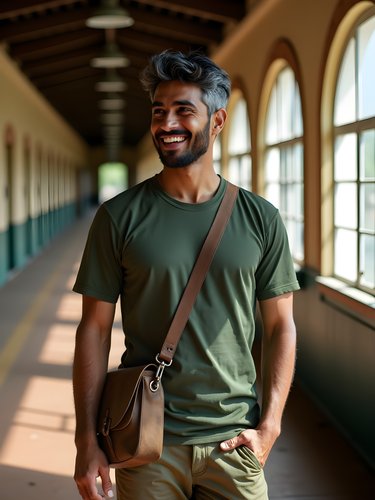
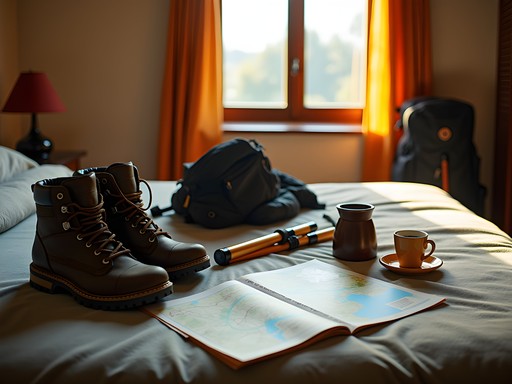
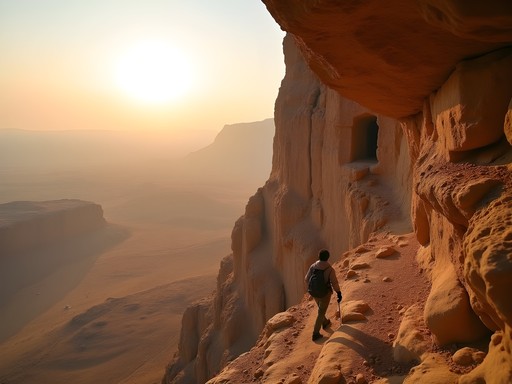
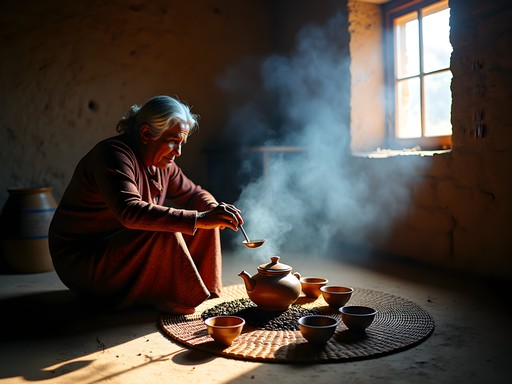
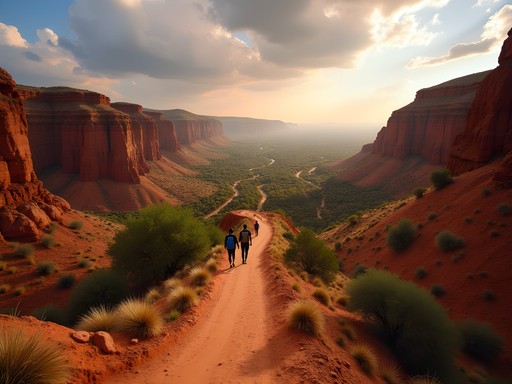
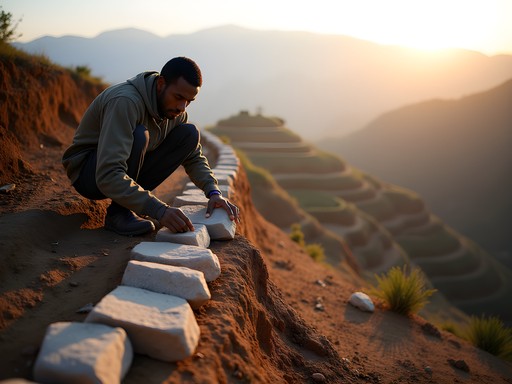







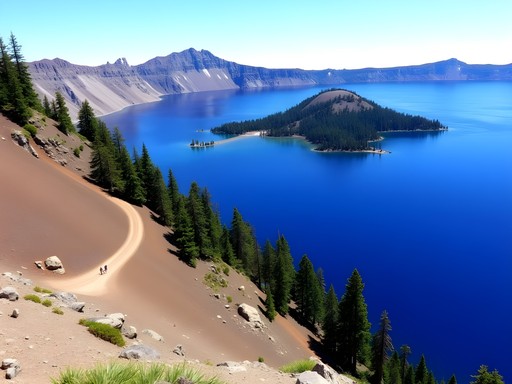


Comments
islandway
How's the water situation on these treks? Do you need to carry all your own or are there reliable sources along the way?
Raj Sullivan
Water access is limited - I carried 3L daily plus purification tablets. Some villages have wells but they're not always on the direct path. Better to be self-sufficient!
Hannah Woods
Brilliant write-up, Raj! I trekked this region in 2023 and your account brings back vivid memories. The Gheralta cluster is truly extraordinary, though I'd emphasize to readers just how physically demanding some of those church ascents are. I'd recommend anyone attempting this to bring proper hiking boots with good grip - the sandstone can be treacherous, especially after rain. The community-based tourism initiative in Degum was a highlight for me too. I stayed with a family there and the insight into daily life was invaluable. One thing to note for those planning a visit: the political situation in Tigray has been complex, so it's essential to check current advisories before traveling. I used my satellite messenger throughout the journey which gave me peace of mind in areas with no cell coverage. The priests' stories about protecting the ancient manuscripts during conflicts were particularly moving. Did you get to witness any of the traditional Orthodox ceremonies while you were there?
Raj Sullivan
Thanks Hannah! Yes, we were fortunate to witness a dawn service at Abuna Abraham Debre Tsion - complete with drums, sistrums and ancient Ge'ez chanting. Absolutely haunting experience in that setting. And great point about the political situation - always good to stay informed before and during travel there.
happygal
I trekked through Tigray last year and it was truly life-changing. The landscape feels almost otherworldly and the hospitality in the small villages was incredible. One tip I'd add - we hired a local guide from Mekelle who knew all the priests at the churches, which made a huge difference in terms of access and cultural understanding. Some churches have strict rules about women visitors and photography, so having someone who could navigate those nuances was essential. Also, the altitude can be challenging if you're not acclimatized, so build in some rest days if possible!
islandway
Do you remember which guide service you used? Planning a trip there in November.
happygal
We used Ethio Travel and Tours - ask for Dawit if he's still working there. Super knowledgeable about the history of the churches and really patient with our endless questions!
wandermood
How difficult was the climb to those churches? I'm not great with heights but this looks incredible.
Raj Sullivan
Some climbs are definitely challenging! Abuna Yemata Guh requires a near-vertical climb with no safety equipment. But others like Maryam Korkor have difficult but manageable paths. Local guides can help assess which ones match your comfort level!
wandermood
Thanks Raj! Good to know there are options. Maybe I'll start with the less vertigo-inducing ones 😅
sunsetlover
Those rock churches look absolutely breathtaking! Adding this to my bucket list immediately!
greenhero
Just returned from Tigray myself! Your post captures the magic perfectly. One thing I'd add for others planning this trek - the weather can be incredibly unpredictable. We had scorching days followed by freezing nights in the highlands. Layers are essential! The community tourism initiative in Degum was a highlight for us too - staying with a local family and learning to make injera was unforgettable. Did anyone else find the coffee ceremonies addictive? I think I had three per day!
hikingpro
Those coffee ceremonies are time-consuming but so worth it! Best coffee I've ever had, hands down.
exploreseeker
I've been dreaming about Ethiopia for years! How was the language barrier? Did you find English-speaking guides easily in Mekelle?
Raj Sullivan
Finding English-speaking guides in Mekelle was surprisingly easy! Most tourism operators there cater to international visitors. I booked through a local company called Ethio Travel and Tours who were excellent.
exploreseeker
That's really helpful, thanks! Going to look them up now.
happyblogger
Those church photos are incredible! Adding this to my bucket list immediately!
hikingpro
Great post! How did you handle water during your trek? I'm always paranoid about water sources in remote areas.
Raj Sullivan
Thanks for asking! I carried a water filter which was essential. Many villages have wells, but between settlements, water sources can be scarce. I recommend carrying at least 3L per day and refilling whenever possible. Local guides know all the reliable water points!
Hunter Thompson
Brilliant write-up, Raj! I trekked through Tigray last year and it was genuinely one of the most profound experiences I've had in Africa. Those vertical climbs to the churches literally took my breath away - both from exertion and sheer awe! One tip for anyone planning this journey: connect with local guides in Mekelle before setting out. The knowledge they bring about hidden paths and cultural context is invaluable. I found that staying in community guesthouses around Degum was not only cheaper but gave a much deeper connection to the place. Did you make it to Abuna Yemata Guh? That barefoot climb along the cliff face nearly finished me off!
greenhero
How difficult would you rate the treks for someone with moderate hiking experience? I'm planning a trip but worried about those vertical climbs!
Hunter Thompson
With moderate experience you'll be fine for most trails! Just be honest with your guide about your comfort level. The Gheralta churches have varying difficulty - some are just steep hikes while others (like Abuna Yemata) involve proper climbing. The guides are brilliant at helping you choose what's right for your ability.
Venture X
Premium card with 2X miles, $300 travel credit, Priority Pass